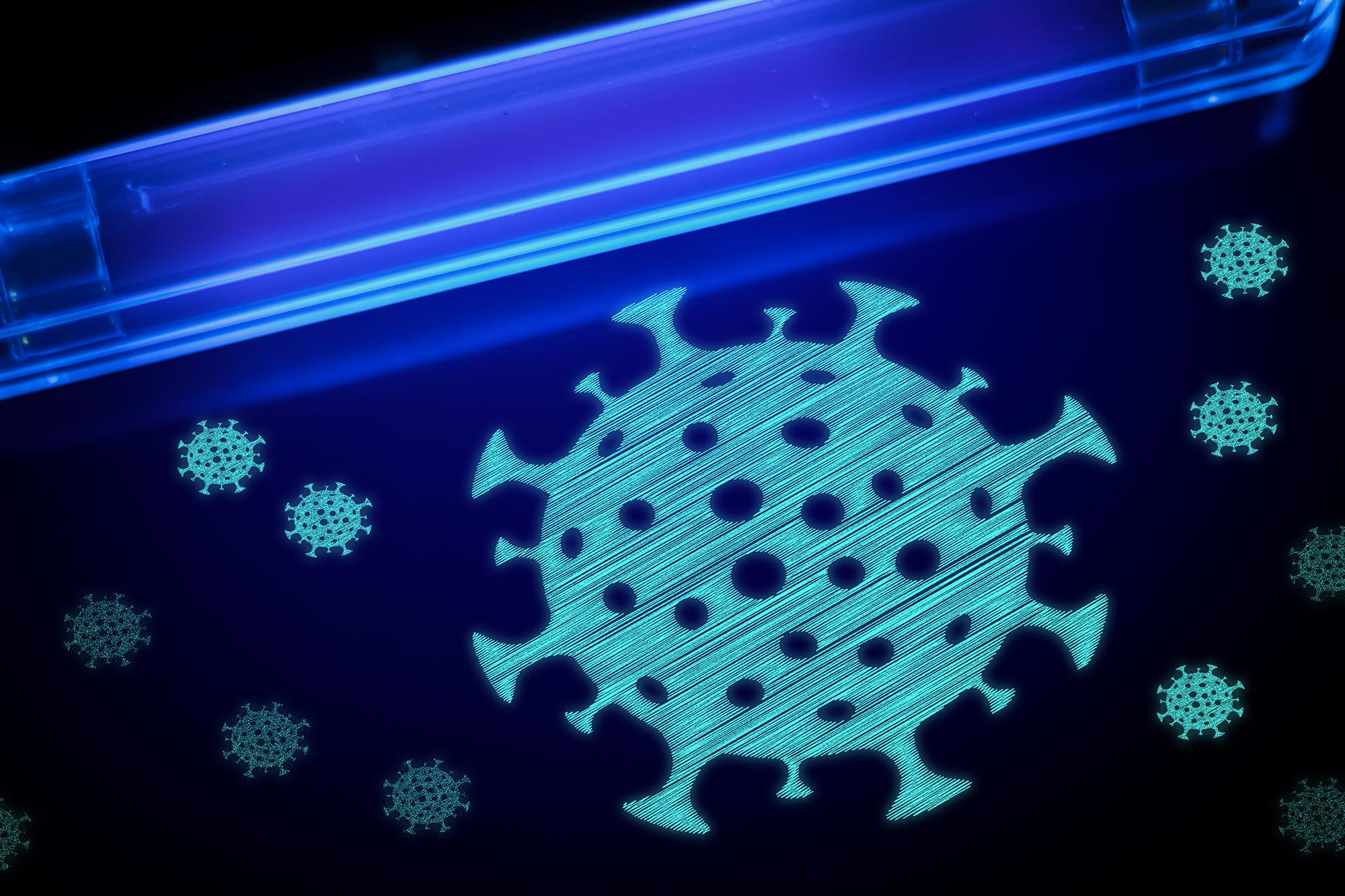

According to Rosborough, “Exposure to humans with UV-C light is very bad it can give you one heck of a suntan very quickly. Closed Air Handler DisinfectionĪs mentioned earlier, under normal conditions, the potential of injury exists when someone is directly exposed to 100 to 280 nm (UV-C) for a length of time. In all cases, the “dose” necessary to kill microbes is determined by the intensity of the UV-C employed, the manner in which UV-C is applied, the amount of time allowed for exposure, and the specific pathogen(s) involved. This can be carried out in three ways: Closed Air Handlers Ceiling-Level Room Air Disinfection and Room Surface Disinfection. The Upper Room Air distribution method involves the neutralization of pathogens within the air over the heads of the occupants in the room without disturbing them. The positive aspect associated with this method is that it helps prevent and control the growth of pathogens within the HVAC system itself, in addition to room air that people breathe. They can be installed within air plenums, air ducts, in air-distribution systems, and multiples of all three. When using the HVAC Air-Stream method, UV-C lamps are installed inside of HVAC units. This is because the wavelengths employed in UV-C lighting, in combination with the higher intensity of the light source, have the capacity to overradiate and damage the skin. The third method-Direct Surface-requires that the room be void of humans and animals. Of note about the first and second options is that the rooms in which these two disinfection methods are employed can remain open and in use during disinfection. These include: HVAC Air-Stream Upper Room Air and Direct Surface. When it comes to germicidal disinfection using UV-C, there are three ways to treat a space. With UV light, it truly does neutralize them.”įor the purpose of disinfection of surface and airborne bacteria and viral infections, our primary interest within the purview of this article will center on UV-C. When you filter, you catch those viruses and they remain intact in a HEPA or MERV filter. “Exposure to high-intensity germicidal UV light for a specific amount of time creates a situation where pathogens are rendered inert so they can no longer replicate,” says James Rosborough, regional sales manager, eastern U.S., with Armstrong Ceilings of Lancaster, PA. Each represents a range of the Electromagnetic (EM) spectrum within the UV band, measured in nanometers (nm). One option, the prevailing focus of this article, is the utilization of Ultraviolet (UV) lighting.

Whether surface, airborne, or both, the existence of a dangerous pathogen in any environment is a threat to public health. But at the end of the day, facility managers must assume that both premises have merit and act accordingly. Semaan says, “This is essentially an additional layer of protection that can help building occupants feel safer because UV-C is, in itself, a fast, effective way to deactivate harmful viruses on surfaces, in the air, and on objects.”īacterial and viral infections apparently can proliferate on surfaces as well as in the air, although there is conflicting consensus on this issue. It adds an extra layer of disinfection beyond current protocols used by cleaning crews.

This is where germicidal UV comes into play. “Now more than ever, with this pandemic, companies around the globe are looking for ways to continue their operation, or reopen and to ensure that their employees or occupants stay healthy and safe in an environment designed with safety in mind,” says Joe Semaan, business leader, digital solutions Americas, with Signify of Somerset, NJ. At some point in 2020, it was obvious to facility managers that an effective means of disinfection was necessary on a facility-wide basis if office buildings, hospitals, grocery stores, clinics, and others were to reopen and remain so. The need for a viable means of neutralizing bacteria and viruses is something that most facility management teams were likely less concerned about than after the novel coronavirus began to make its way from Wuhan, China to virtually every corner of the globe. Already in use to combat pathogens, ultraviolet tools are now deployed against COVID-19.


 0 kommentar(er)
0 kommentar(er)
